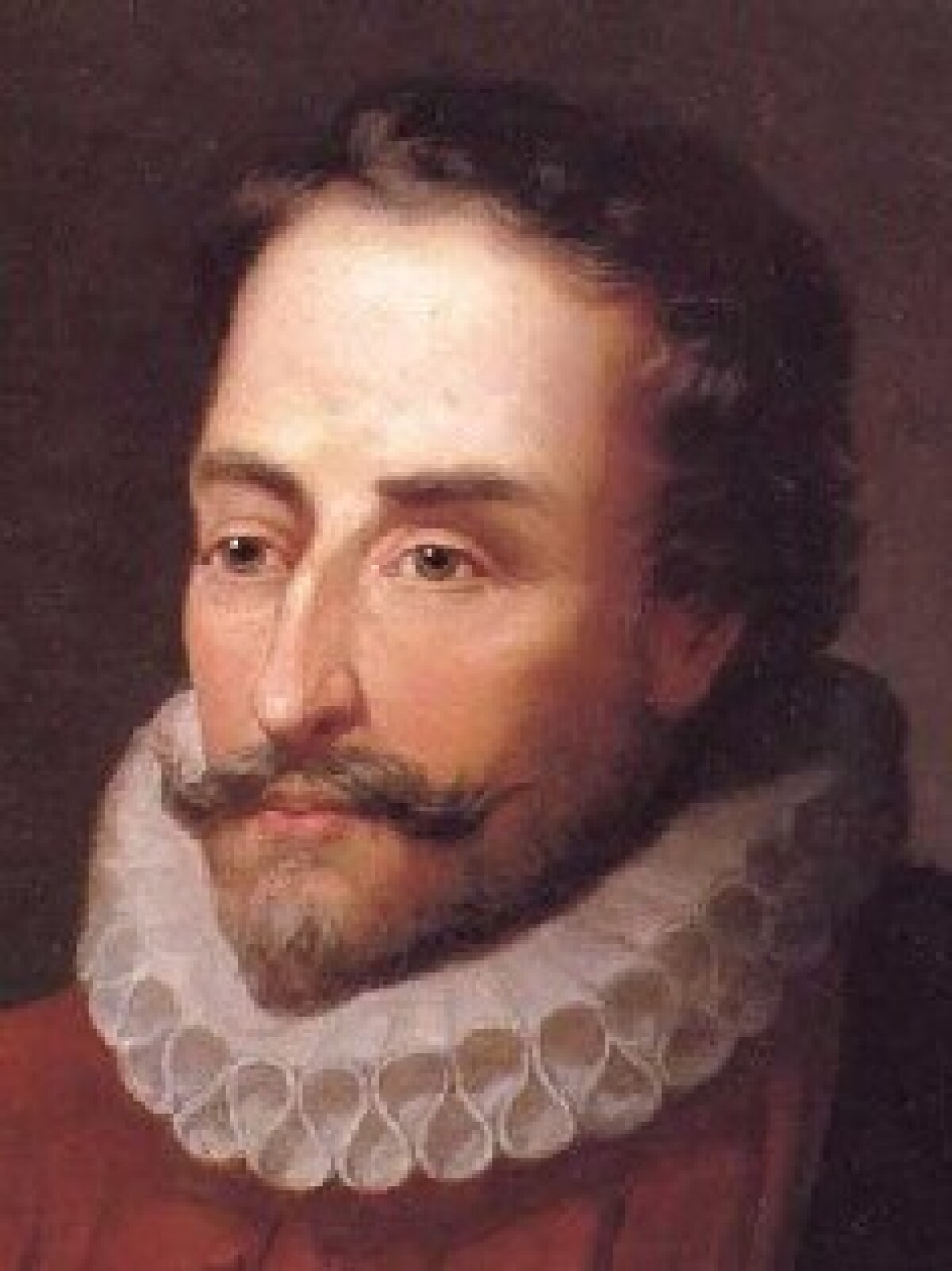de Cervantes Miguel
The son of a deaf surgeon, Miguel de Cervantes was born near Madrid in 1547. He became a soldier in 1570 and was badly wounded in the Battle of Lepanto. Captured by the Turks in 1575, de Cervantes spent five years in prison. He was freed in 1580 and returned home. De Cervantes finally achieved literary success in his later years, publishing the first part of Don Quixote in 1605. He died in 1616.
For nearly his entire life, Miguel de Cervantes struggled financially. His father, Rodrigo, deaf from birth, worked as a surgeon—a lowly trade at the time. De Cervantes and his family moved around several times in his youth, as his father searched for better work prospects.
De Cervantes was an avid reader as a child—a skill he was reportedly taught by a relative. Whether he had much formal education has been a subject of debate among scholars. Some believe that de Cervantes may have been taught by the Jesuits based on some of his writings, but others dispute this claim.
The first published works by de Cervantes appear in 1569. He contributed some poetry to a memorial collection after the death of Elizabeth of Valois, the wife of Spanish king Philip II. By the following year, de Cervantes had put his words aside and, instead, picked up a weapon: He had joined a Spanish military unit in Italy.
Known for his bravery, de Cervantes took part in the Battle of Lepanto. Stationed on the ship La Marquesa, he fought against the Ottoman Empire and sustained serious injuries in the conflict: He suffered two chest wounds and his left hand was completely maimed. Despite his disability, de Cervantes continued to serve as a soldier for several more years.
In 1575, de Cervantes and his brother, Rodrigo, tried to return to Spain, but they were captured by a group of Turkish ships during their voyage. De Cervantes spent five years as a prisoner and a slave, and made several failed attempts to escape during his imprisonment. He finally went home after a ransom was paid for his release.
De Cervantes published his first novel, La Galatea, in 1585. This pastoral romance failed to make much of a splash. Around the same time, de Cervantes tried to make it the then-lucrative world of theater (plays were an important form of entertainment in Spain at the time, and a successful playwright could earn a good living). Unfortunately, de Cervantes did not achieve fortune and fame with his plays. In fact, only two of his plays survived.
In late 1580s, de Cervantes began working for Spanish Armada as a commissary. It was a thankless task, collecting grain supplies from rural communities. Many did not want to provide the goods, and de Cervantes ended up in prison on two occasions because of charges of mismanagement. During this trying time, he began writing some of literature's greatest masterpieces.
De Cervantes published the first part of Don Quixote in 1605. The novel tells the story of an elderly man who becomes so enamored by old stories of brave knights that he seeks out his adventures.
The title character soon gets lost in his own fantasy world, believing he is one of these knights, and convinces a poor peasant, Sancho Panza, to serve as his squire. In one scene, Don Quixote even fights a windmill, mistaking it for a beast. Quixote regains his senses before the novel ends.
The became the world's first best-seller, eventually being translated into more than 60 different languages. De Cervantes published the second part of the story in 1615.
Don Quixote did not make de Cervantes wealthy; at the time, authors did not receive royalties for their works. De Cervantes continued to write after the success of Don Quixote, but he failed to finish The Labors of Persiles and Segismunda before his death. De Cervantes died on April 23, 1616, in Madrid. He was buried on the grounds of a convent there, in an unmarked grave.
Since his passing, de Cervantes has been credited with writing the first modern novel. His work has inspired countless other authors, including Gustave Flaubert, Henry Fielding and Fyodor Dostoyevsky. And the story of Don Quixote has been retold in many ways, including in the popular musical The Man of La Mancha and in an artwork by Pablo Picasso.
De Cervantes married Catalina de Salazar y Palacios in 1584. The couple remained married until de Cervantes's death. They never had any children, but de Cervantes did have a daughter from a prior relationship, Isabel de Saavedra.









